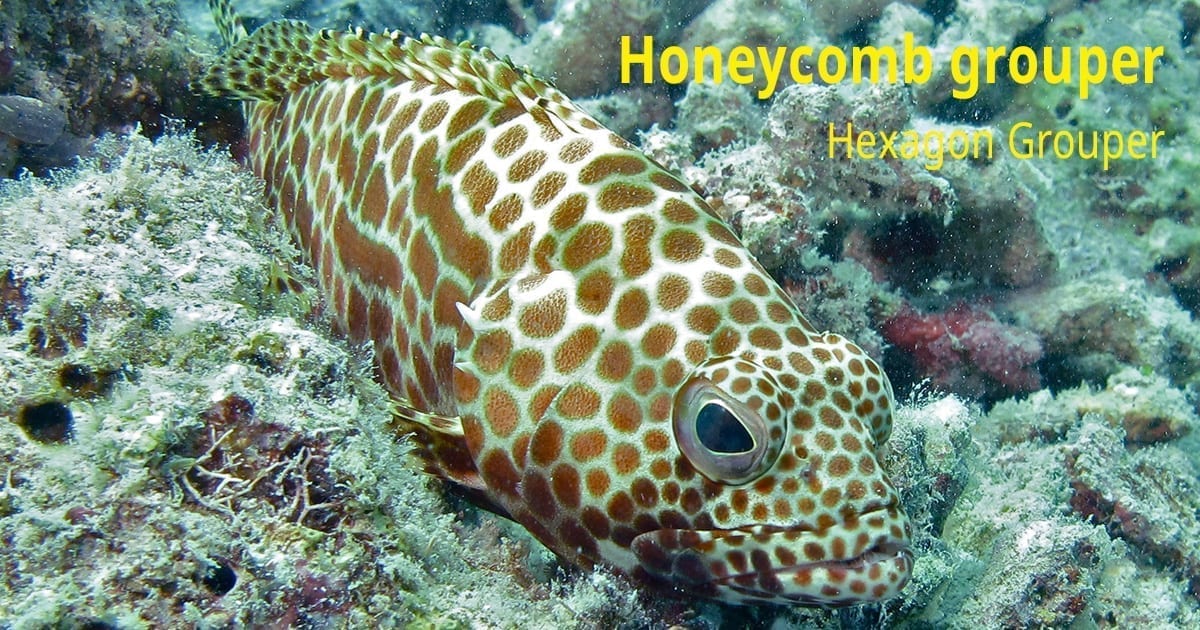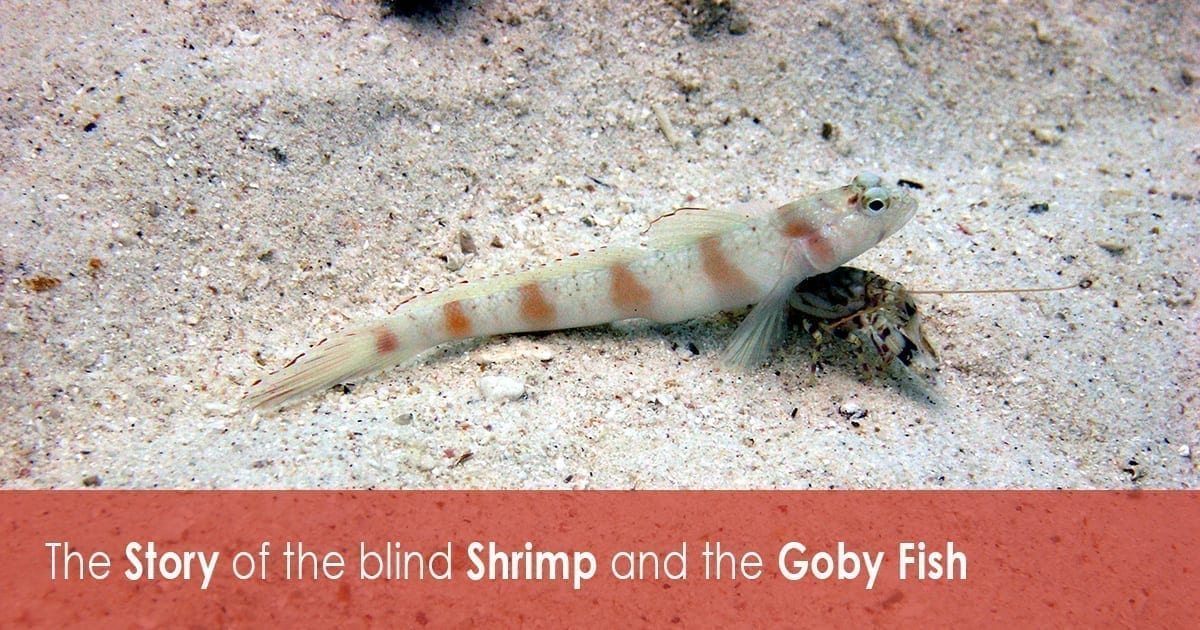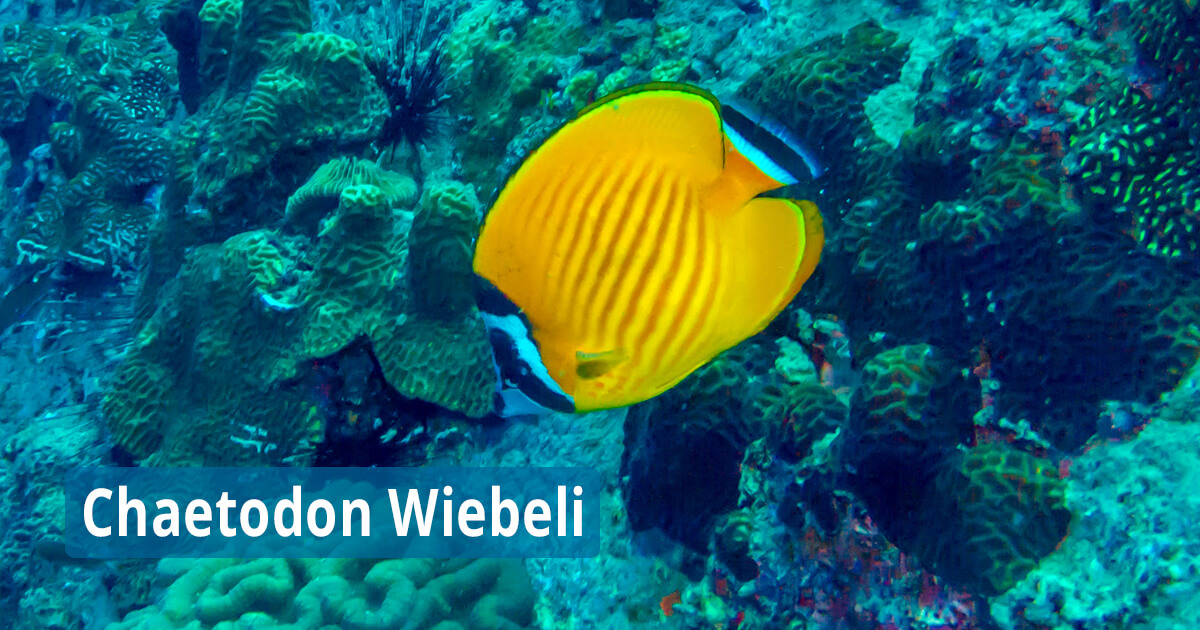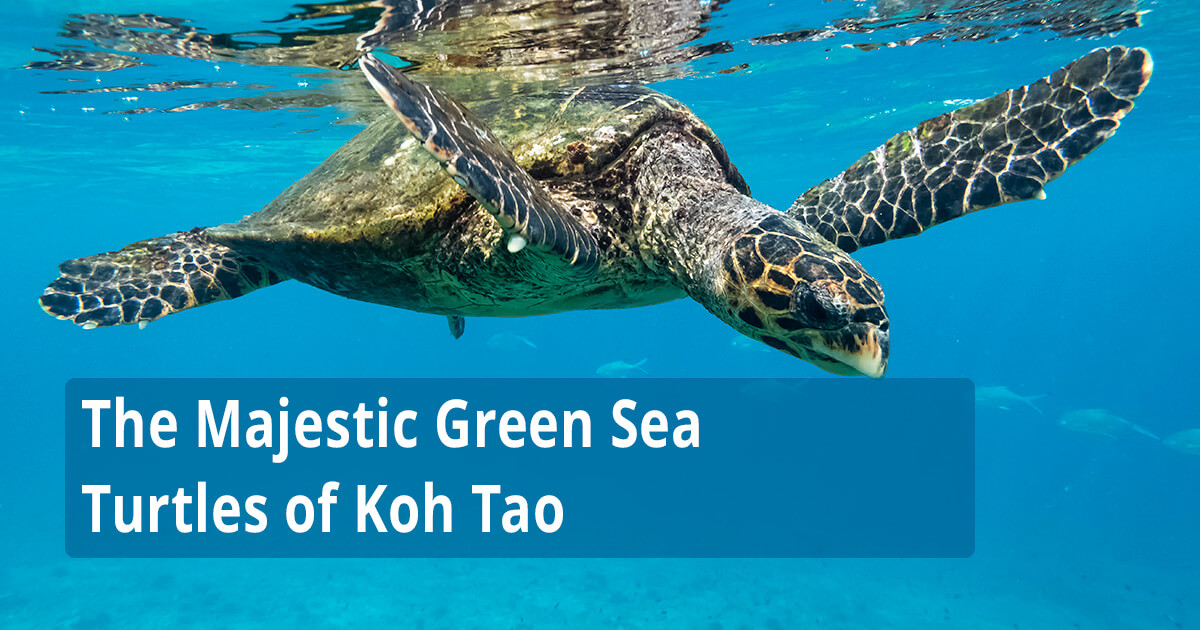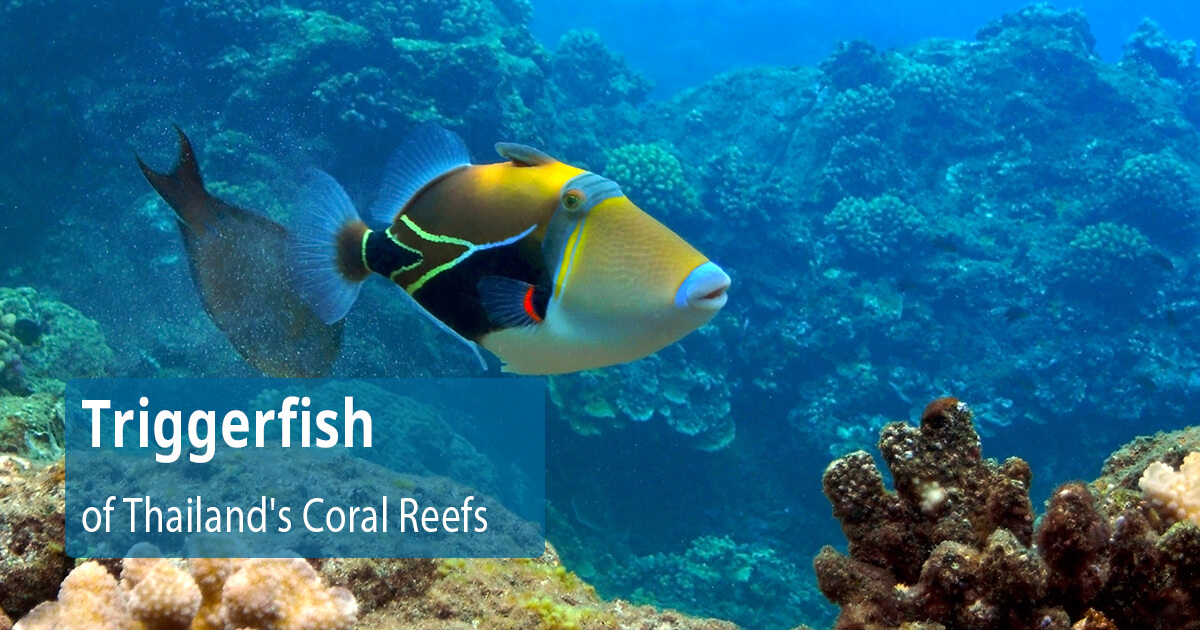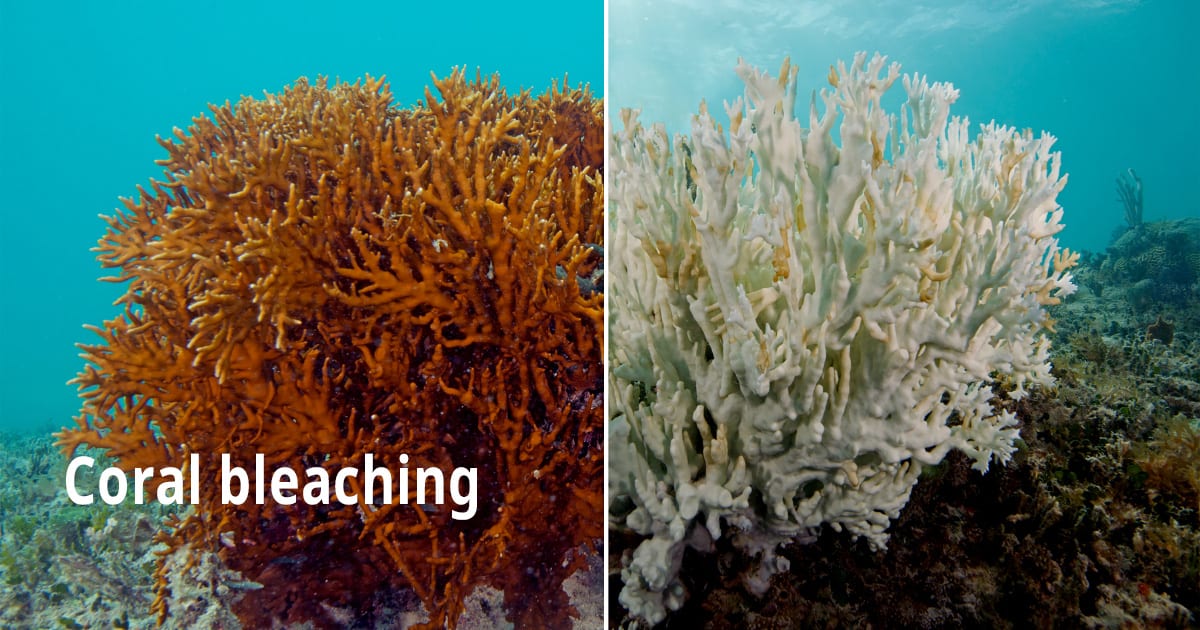Honeycomb Grouper: A Stunning Reef Resident
The underwater world is home to countless species of vibrant and intriguing marine life. Among these, the Honeycomb Grouper (Epinephelus merra) stands out not only for its distinctive appearance but also for its importance within the marine ecosystem. With its intricate honeycomb pattern, this fish captures the imagination of divers and marine enthusiasts alike. This blog post delves into the life, habitat, and ecological significance of the Honeycomb Grouper, offering insights into why this species is a marvel of the ocean.
A Glimpse into the Honeycomb Grouper
The Honeycomb Grouper, also known as the Dotted Grouper or Spotted Grouper, is a small to medium-sized fish found primarily in tropical waters of the Indo-Pacific region. It typically reaches a length of about 30 cm (12 inches), although some individuals can grow slightly larger. The most striking feature of the Honeycomb Grouper is its unique color pattern, consisting of a series of hexagonal spots covering its body. These spots, varying in shades of brown and black, resemble a honeycomb, giving the fish its common name.
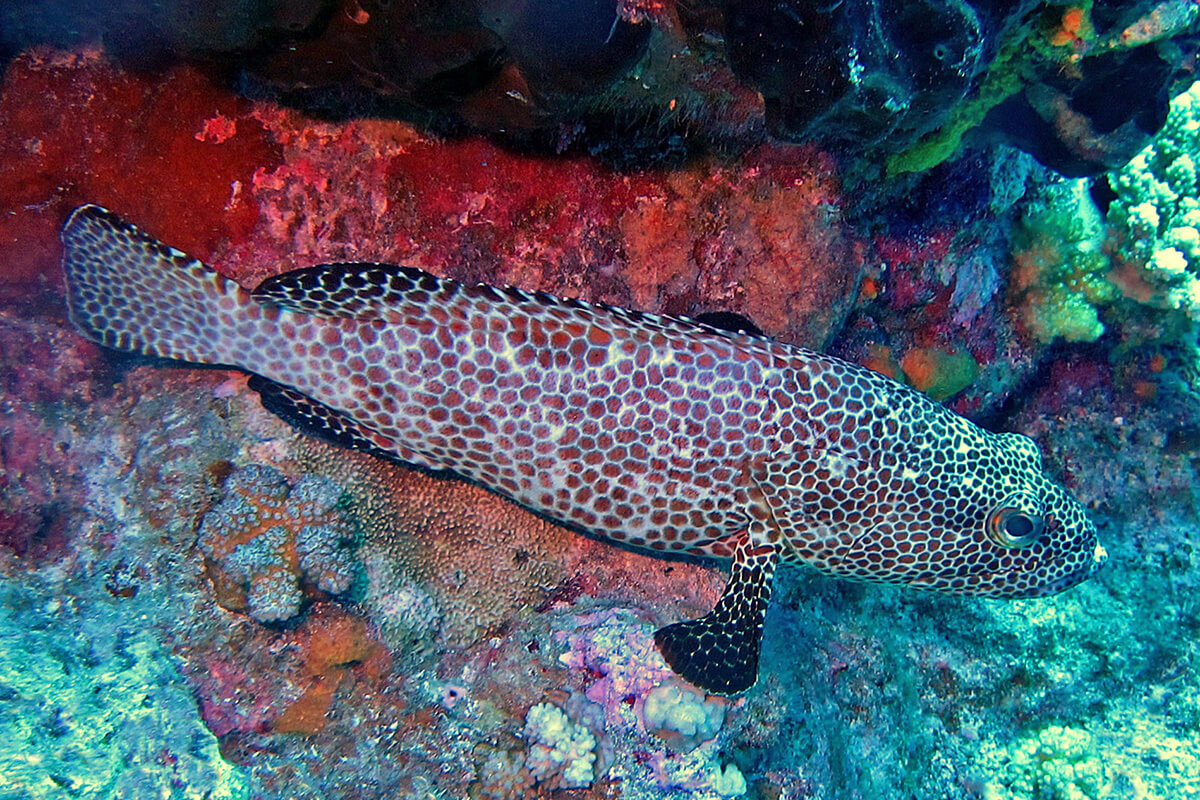
This species belongs to the Serranidae family, which includes other groupers, sea basses, and anthias. Like its relatives, the Honeycomb Grouper is a carnivorous predator, feeding on small fish, crustaceans, and invertebrates. Its relatively small size, however, limits it to smaller prey compared to larger grouper species.
Habitat and Distribution
Honeycomb Groupers are widely distributed across the Indo-Pacific, from the eastern coast of Africa and the Red Sea, through the Indian Ocean, to the western Pacific Ocean, including the waters around Australia, Japan, and Southeast Asia. They are commonly found in coral reef habitats, where they seek shelter among the corals and rocky crevices. The species prefers shallow waters, typically between 1 to 20 meters (3 to 66 feet) deep, but can sometimes be found at greater depths.
The health of coral reefs is crucial for the survival of the Honeycomb Grouper, as these environments provide not only shelter but also abundant feeding opportunities. Unfortunately, coral reefs worldwide are facing threats from climate change, pollution, and overfishing, which can have a direct impact on species like the Honeycomb Grouper.
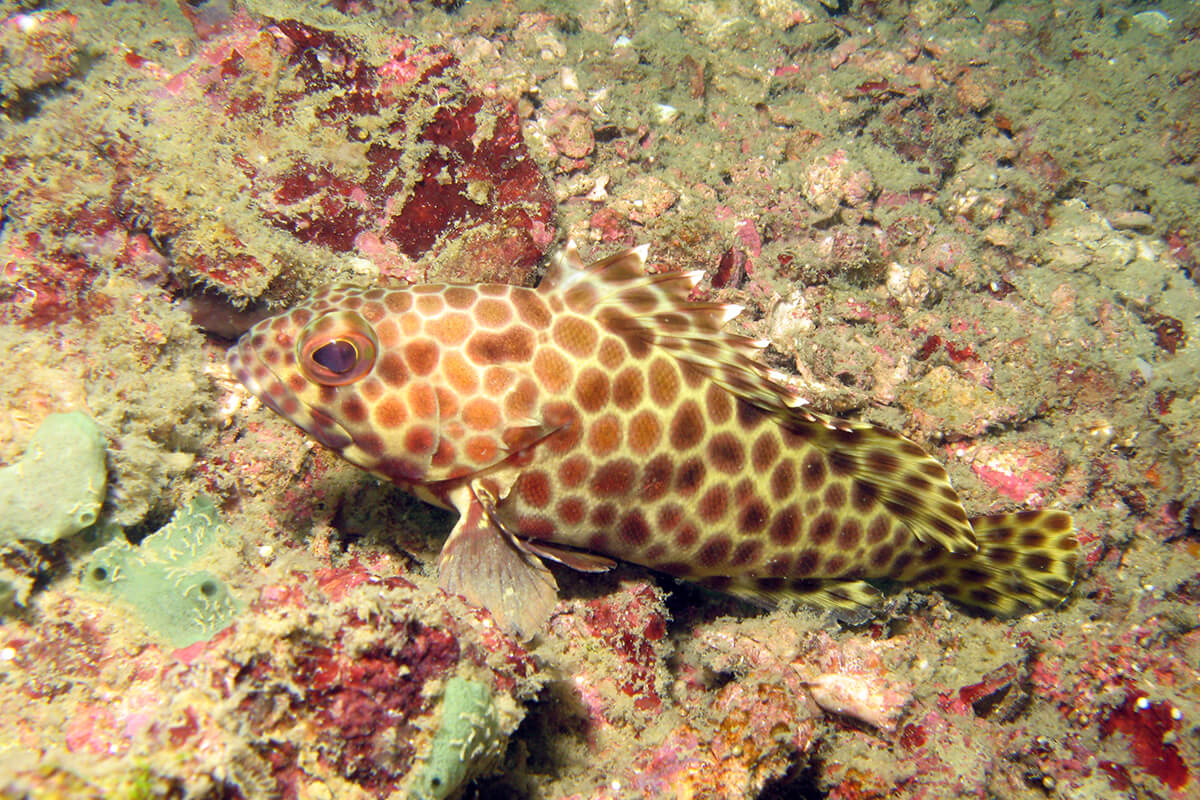
Ecological Role and Behavior
The Honeycomb Grouper plays a significant role in maintaining the balance of reef ecosystems. As a predator, it helps regulate the populations of smaller fish and invertebrates, preventing any single species from dominating the reef environment. This balance is essential for the overall health of the reef, as it allows for a greater diversity of marine life.
In terms of behavior, the Honeycomb Grouper is generally solitary, though it can sometimes be seen in small groups. It is a territorial species, often establishing a home range within a specific area of the reef. During the day, the fish tends to remain hidden within the reef structure, emerging at dusk and dawn to hunt for food. Its cryptic coloration allows it to blend seamlessly with the reef, making it an effective ambush predator.
Threats and Conservation
Despite being widespread, the Honeycomb Grouper faces several threats that could impact its population. Overfishing is a significant concern, particularly in areas where groupers are harvested for food. The species is also vulnerable to habitat degradation, especially the loss of coral reefs due to climate change, coral bleaching, and coastal development.
Conservation efforts are essential to ensure the survival of the Honeycomb Grouper and other reef-associated species. Marine protected areas (MPAs) have proven to be effective in preserving critical habitats and allowing fish populations to recover. Additionally, sustainable fishing practices and reef restoration projects are vital in mitigating the effects of human activities on these delicate ecosystems.
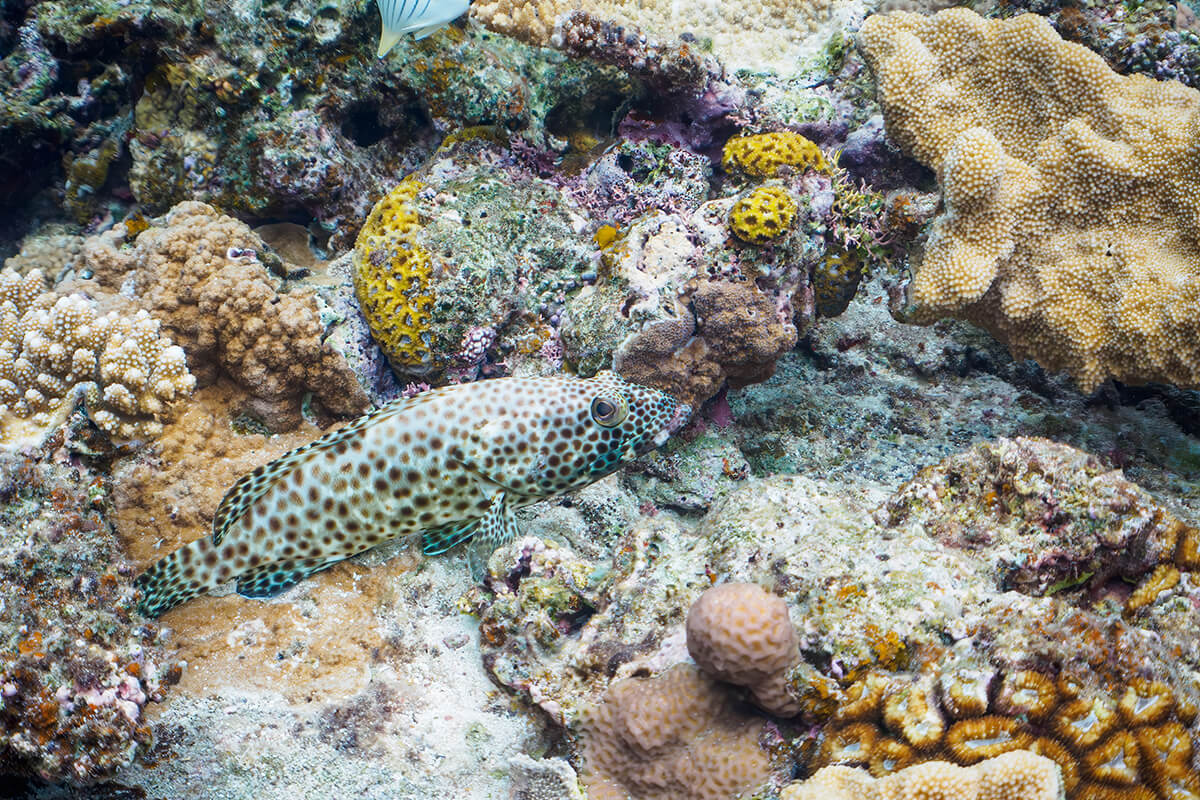
The Fascination of Divers and Marine Enthusiasts
For scuba divers and snorkelers, encountering a Honeycomb Grouper is often a highlight of their underwater experience. The fish’s distinctive pattern makes it a sought-after subject for underwater photography, and its role in the reef ecosystem adds to its allure. However, it’s important for divers to observe these creatures responsibly, avoiding any actions that could disturb their natural behavior or harm their habitat.
Conclusion
The Honeycomb Grouper is more than just a beautiful fish; it is an integral part of the coral reef ecosystem. Its presence helps maintain the delicate balance of life beneath the waves, and its well-being is closely tied to the health of the reefs it inhabits. As we continue to explore and enjoy the wonders of the ocean, it is crucial that we also take steps to protect and conserve species like the Honeycomb Grouper, ensuring that future generations can marvel at these stunning creatures as we do today.




